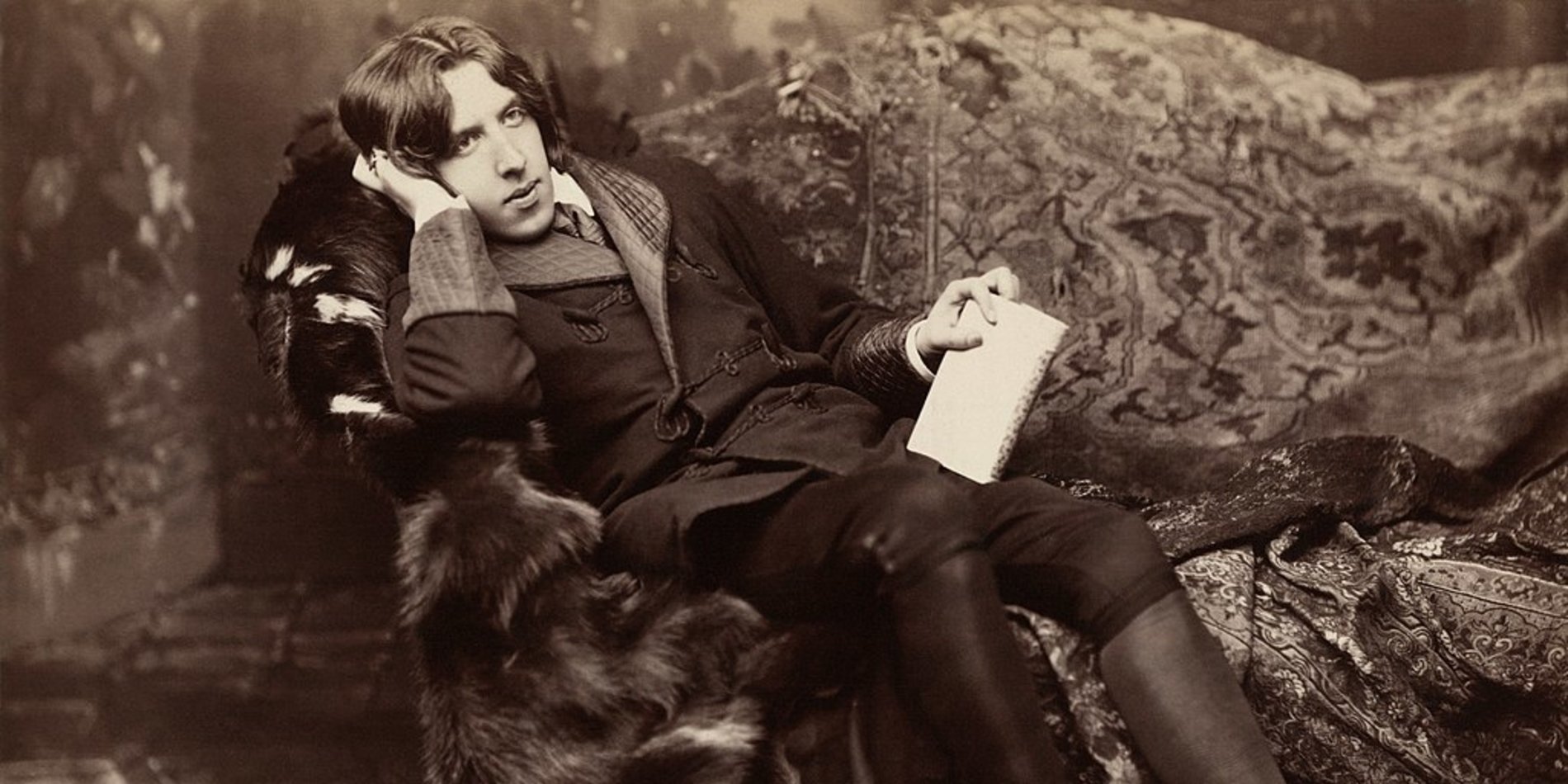EE 84N: From the Internet for People to the Internet of Things
General Education Requirements
Not currently certified for a requirement. Courses are typically considered for Ways certification a quarter in advance.
Course Description
Driven by the ubiquity of the Internet and advances in various technological fields, all aspects of the physical world in which we live are undergoing a major transformation. Underlying this transformation is a concept known as the Internet of Things (IoT) which envisions that every physical object in the world could be connected to the Internet. This concept is at the root of such developments as the fourth industrial revolution, precision agriculture, smart cities, intelligent transportation, home and building automation, precision medicine, etc.
In this seminar, we trace back the origins of the IoT concept in terms of both the vision and pioneering work, identify the building blocks of an IoT system, and explore enabling technologies pertaining to the devices that get attached to things (possibly comprising sensors, actuators, and embedded systems) and the communications capabilities (RFID, Bluetooth, wireless sensor networks, Wi-Fi, Low Power WANs, cellular networks, vehicular communications). Students will apply the acquired knowledge to the design of IoT systems meeting specific objectives in various application domains.
Meet the Instructor: Fouad Tobagi

"I received the Engineering Degree from Ecole Centrale des Arts et Manufactures, Paris, France, in 1970 and the M.S. and Ph.D. degrees in Computer Science from UCLA in 1971 and 1974, respectively. I spent four more years at UCLA as a research staff project manager with the ARPA Networking Project engaging in research into Packet Radio Networks (known today as Wi-Fi mesh networks), from protocol design to performance evaluation and measurements thereof. I then joined the faculty of the school of Engineering at Stanford University where I have been a professor of Electrical Engineering, teaching and conducting research in computer communications. I am a pioneer of the Internet, having been directly involved in the earliest stages of its development and having developed Carrier Sense Multiple Access (CSMA) that forms the basis of Wi-Fi. My research also included multimedia communications (voice over IP and video streaming), and more recently, Internet of Things."




